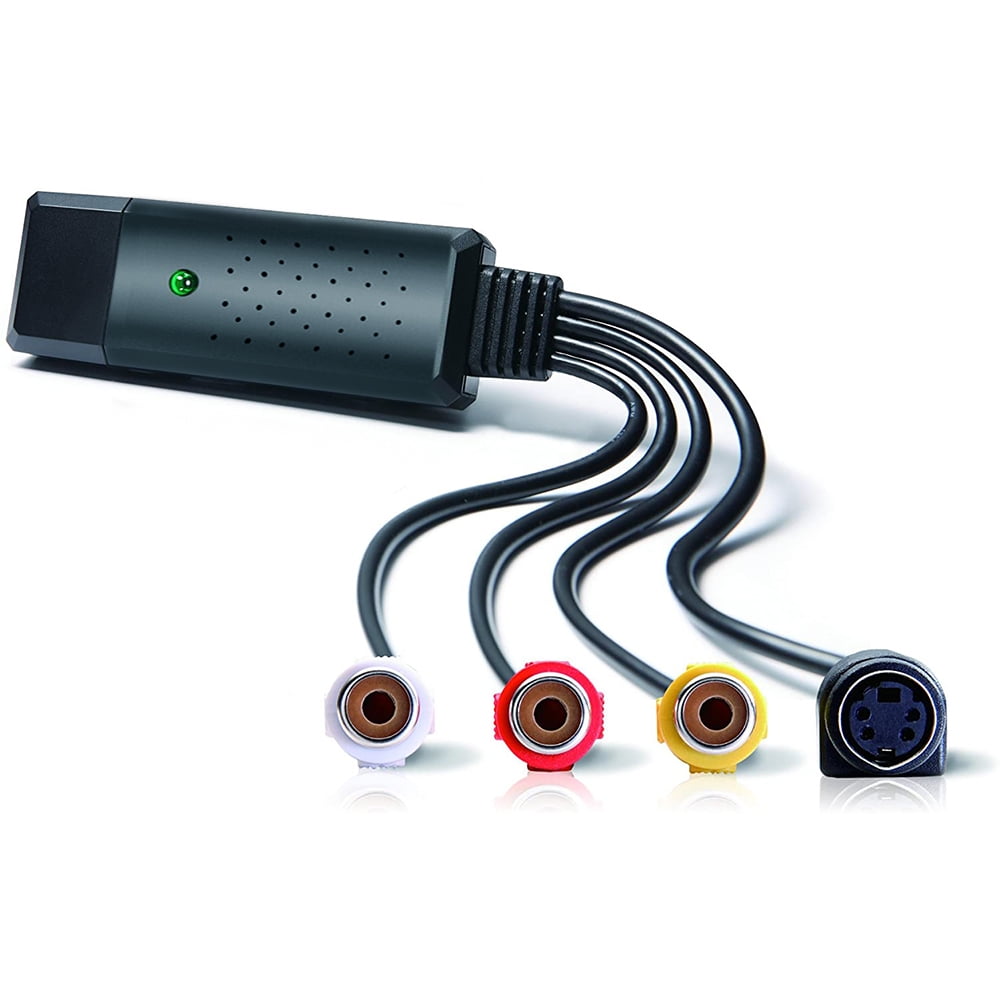

- WINDOWS 7 DVD TO USB CONVERTER INSTALL
- WINDOWS 7 DVD TO USB CONVERTER WINDOWS 10
- WINDOWS 7 DVD TO USB CONVERTER ISO
- WINDOWS 7 DVD TO USB CONVERTER WINDOWS 7
WINDOWS 7 DVD TO USB CONVERTER ISO
If you’re just looking to download Windows 10 as an ISO, you simply need to run the tool listed in step #5, and choose to save as ISO rather than to burn the image to a flash drive. If you don’t have an ISO, or a disc for that matter, you’ll need to acquire one from a friend or elsewhere on the web. The exception is ‘diskpart’, as the disc’s files will need to be transferred over manually (it doesn’t matter if they come from a mounted ISO or a drive in an actual DVD-ROM). ISOs are available from a number of sources, but most people will acquire them after purchasing the OS online through Microsoft, or through some other related Microsoft service.

Some solutions listed on this page require a Windows disc image (.iso) to be present.
WINDOWS 7 DVD TO USB CONVERTER WINDOWS 7
We discussed the same tool in an article from summer 2012 called ‘ Creating a Bootable DOS Flash Drive the Easy Way‘, as it allows for simple creation of bootable MS-DOS flash drives, as the title suggests.Īfter the look at Rufus, we’ll continue on to UNetbootin, Microsoft’s diskpart (a tool built into Windows), a quick mention of another official Microsoft tool, but one the company no longer promotes for Windows 7 and 8, as well as the latest method, the Media Creation Tool. We mentioned Rufus above, and that’s the tool we’re going to lead in here with, as we consider it to be the simplest to use, and the most effective. What about Windows Vista? Like Windows 7, 8, and 10, Vista too can be installed from USB media with these same methods, but due to that fact that most have moved on from it in favor of 10, it’s not a big focus. We strongly suggest you skip to the dedicated part of this article that explains the problems with Windows XP and USB support. Different version of Rufus (explained later) have better luck with the XP process than others. If the motherboard in question happens to support a legacy BIOS mode, then it might work. Windows XP over USB is still temperamental, and there is a good chance that it just won’t work with your system, so please keep this in mind.įor starters, modern UEFI-equipped machines are not designed to support such an old OS, so chances are that it will not even install, or even be detected in the first place. Given the fact that Windows XP has reached end-of-life status and doesn’t officially support installation over USB, we have to outline a number of problems and conditions in order to get it working. To give an overview of what to expect from each solution, refer to this success table: Over the course of this article, we’re going to be looking at five different solutions that accomplish the exact same thing: Creating a USB-based Windows installer if one doesn’t work, the next one should (at least, that’s the hope).
WINDOWS 7 DVD TO USB CONVERTER INSTALL
While it’s beyond the scope of this article, those who truly want a fast install experience can slipstream USB 3.0 support into the install media, which on current chipsets and an SSD target can allow you to install Windows in under 4 minutes flat. Even if a DVD has been burned at the highest commercial speeds, it won’t be able to compete with flash memory which offers far improved IOPS performance (operations per second) – it’s the same reason why SSDs are much faster for booting an OS and loading applications than a mechanical hard drive the seek times are minuscule in comparison. Ever walk around with a disc in your pocket? It looks a bit odd.įor us, performance and reliability are the key reasons why we’ve opted to use USB-based installers in lieu of discs, especially with USB 3.0 being much more common. Discs can be easily scratched, while well-built USB flash drives can generally handle a bit of abuse. To start, USB media is more durable than disc-based media.

Admittedly, the time and effort of creating the drive might make it best-suited for system builders, but for people like us, who juggle test machines, USB is a no-brainer.
WINDOWS 7 DVD TO USB CONVERTER WINDOWS 10
Method 5 – Windows 10 Media Creation ToolĮven if the target desktop or notebook has an optical drive, there are a couple of reasons to consider first creating a USB-based installer.Method 4 – Microsoft Windows 7 USB/DVD Tool.However, there are times when a flash drive has some quirk that prevents it from working with a particular solution, so for that reason, this article takes a look at five different methods. Creating a bootable Windows USB drive used to be a chore, but today, one solution can pretty-well suit most people.


 0 kommentar(er)
0 kommentar(er)
